'The 321 backup rule is outdated.'
That's what some people think, judging from resources often found online.
In fact 'only 20 percent of successful IT managers apply backup best practices,' says HelpnetSecurity.
It's true. To date, 6 out of 10 enterprises in Europe save all data on their server locally.
At the same time, as a result of the looming threat of ransomware and natural disasters, a new trend is emerging. One led by hybrid and multi cloud.
Related reading: What is multicloud? Examples and benefits in 2023
They will do so to regain control of their data (and ROI).
'Every company is a software company' - after all.
.jpg)
Indeed, without data, no business is possible anymore. Today, every business is data-intensive: every day we are producing (and using!) more and more of it.
Computers, smartphones, security cameras and Industry 4.0 machines: an ecosystem that generates data 24/7 and never stops.
This contingency brings with it risks and opportunities.
On the one hand, there is a need to manage them in an agile way for revenue. On the other, there is a need to protect them from the growing threat of ransomware and natural disasters.
According to Kaspersky, 71 percent of companies that fell victims of ransomware lose their data forever.
So how do you diversify your disaster recovery plan and ensure business continuity?
In this article, you will find:
- What the 321 backup rule is and its importance in a disaster recovery plan.
- How to apply it nimbly and quickly within a hybrid cloud strategy.
- The benefits of this strategy.
- The complete and free guide to minimizing the risk of data loss.
#1 What is the 321 backup rule and its importance in a disaster recovery plan
According to U.S. cyber security intelligence CISA, 'all companies should use the 321 backup rule.' But what is it all about?
The 321 backup rule is a hybrid cloud rescue strategy to minimize the risk of data loss and maintain access to critical backups. This practice enables your disaster recovery plan, protecting your business from human error, ransomware, and natural disasters.
Related reading: What is a hybrid cloud model? Examples and benefits in 2023
To follow the 321 backup rule, you must keep:
- Three or more backup copies.
- On at least two different media.
- With at least one off-site copy (e.g., in the cloud).

#2 How S3-compatible cloud object storage simplifies your hybrid cloud strategy
If you are reading this article, you probably already save your enterprise data on an on-premises stack.
Veeam, QNAP, Synology, and more.
In all of these cases, the data is completely under your control. At the same time, however, you remain vulnerable to failures and natural disasters like the one that happened at OVH (March 2021).
'Europe's largest data center falls victim to a devastating fire. 3.6mln websites go offline, including that of the French government.'
Reuters, March 2021

S3-compatible cloud object storage allows you to eliminate vendor lock-in and add a hybrid backup line of your computer, NAS, server with third-party software such as Veeam.
No more worries or complexity. The 321 backup rule enables your disaster recovery plan by minimizing the risk of data loss and migrates large amounts of data from your on-premises stack to a cloud of your choice.
Want to learn more? [Article] Disaster recovery plan: 3 best practices for 2023
#3 321 backup rule and hybrid cloud: benefits.

The 321 backup rule on hybrid cloud provides many benefits:
- Disaster recovery and business continuity: on-premises combined with cloud storage means diversifying the risk of data loss. In fact, data is not centralized in a single data center, but geo-distributed across multiple servers, eliminating the single point of failure. This implies greater stability and certainty of business continuity for the company.
Related reading: 6 backup strategy solutions for ransomware data recovery in 2023
- Control: in a hybrid cloud system, the company does not completely leave the management of its data to a third party, but instead maintains a private on-site infrastructure to safeguard data requiring low latency or sensitive assets.
- Scalability: the hybrid cloud provides unprecedented flexibility of use. In fact, at any time the company needs more storage capacity, it can buy new resources on the public cloud and scale directly proportional to its needs.
- Cost-efficiency: thanks to the high flexibility and granularity in data management offered by many service providers, the hybrid cloud allows for efficient on-site and off-site resources and achieves the desired result with minimal financial outlay.
- Ease of use: the hybrid cloud brings the simplicity of public cloud user interfaces within a hybrid edge-cloud paradigm. It also offers transparent pricing, which translates into leaner utilization than on-site solutions.
#4 Upgrade your disaster recovery plan with the new 321xN backup rule!
.jpg)
We hope you found this article helpful.
If you want to learn more, we have written the complete guide to taking your disaster recovery plan to a new level: the 321xN backup rule
If you speak Italian, download the guide for free and learn about the 321xN backup rule
Don’t speak Italian? Contact us here >








